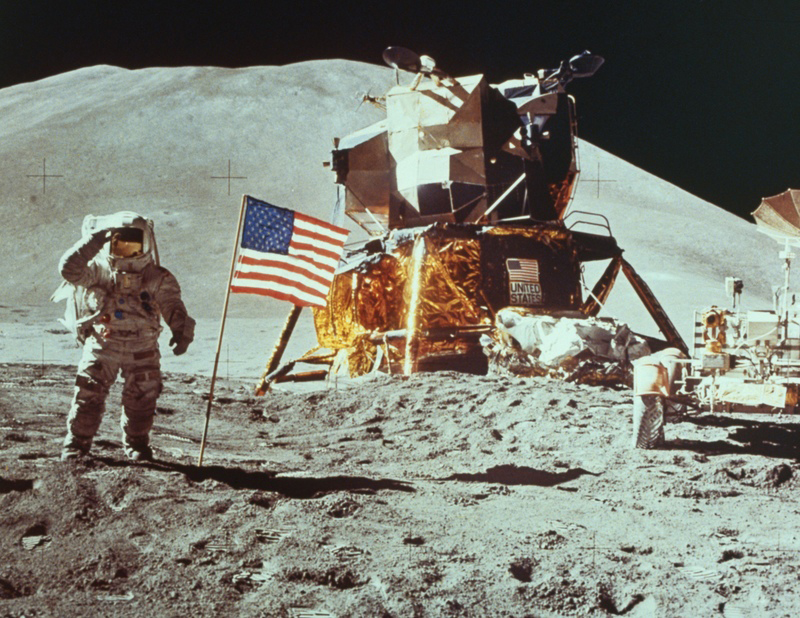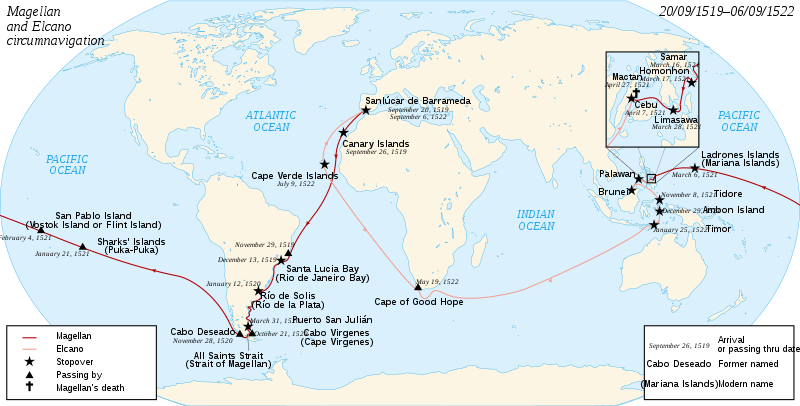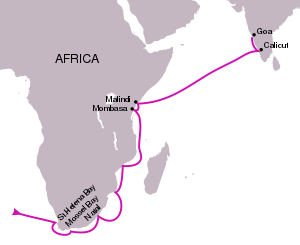Space Exploration is the only real exploration which is being carried out these days. Space exploration started out during World War two. German scientists made the first great leaps in this field of research. During 1942 they sent a rocket into space, the first ever. It was five years later that a life form was sent into space this was done by the same German scientists who were now controlled by the US government. This mission saw fruit flies launched into orbit. It was ten years later that the Soviets were recognized and the space race began. The Soviets launched an unmanned rocket called Sputnik which completed the first ever orbit of the earth. The Russians then outdid themselves sending a dog called Laika into space. It would take four more years until Russian Astronaut Yuri Gagarin was sent into space in 1961.
The most famous space expedition of all is most certainly Apollo 11. The men aboard this space shuttle are the only men ever to have set foot on the moon. This occurred in 1969 when two men Neil Armstrong and Buzz Aldrin stepped onto the moon.
This was the biggest advancement in exploration of our solar system for many years but in recent years their have been many more exciting expeditions such as the mars Rover or just last year when Philae landed on a comet with its own gravity field.
In conclusion exploration is still ongoing and interesting with the exciting explorations of our galaxy.
The most famous space expedition of all is most certainly Apollo 11. The men aboard this space shuttle are the only men ever to have set foot on the moon. This occurred in 1969 when two men Neil Armstrong and Buzz Aldrin stepped onto the moon.
This was the biggest advancement in exploration of our solar system for many years but in recent years their have been many more exciting expeditions such as the mars Rover or just last year when Philae landed on a comet with its own gravity field.
In conclusion exploration is still ongoing and interesting with the exciting explorations of our galaxy.



